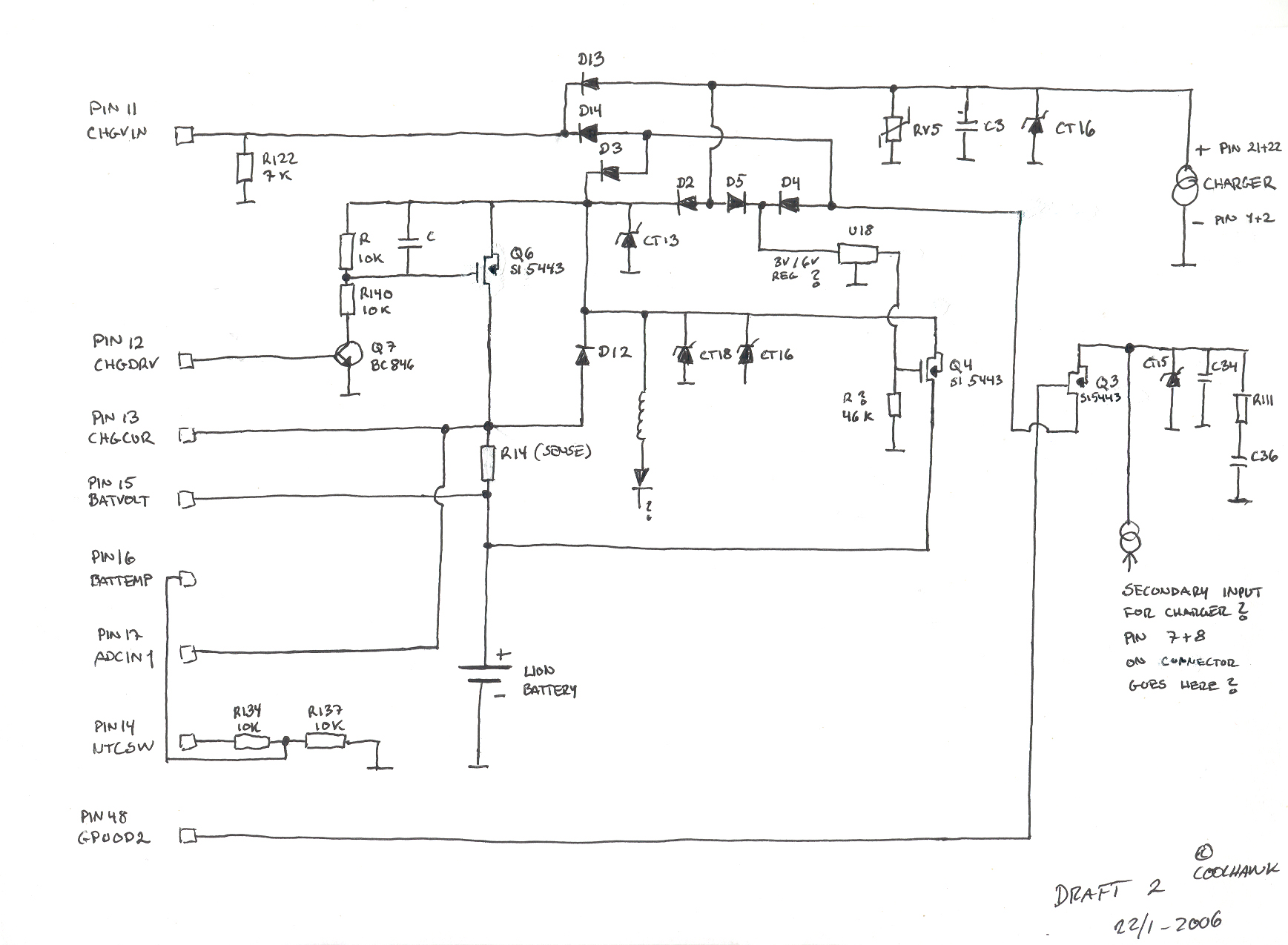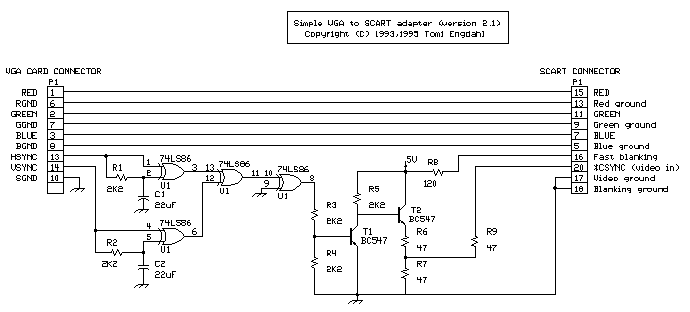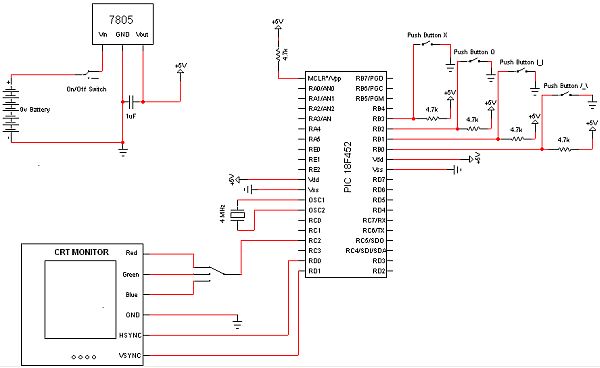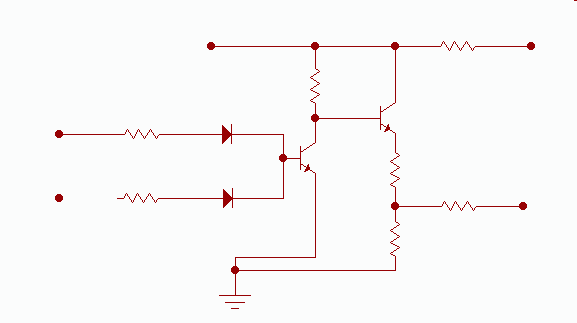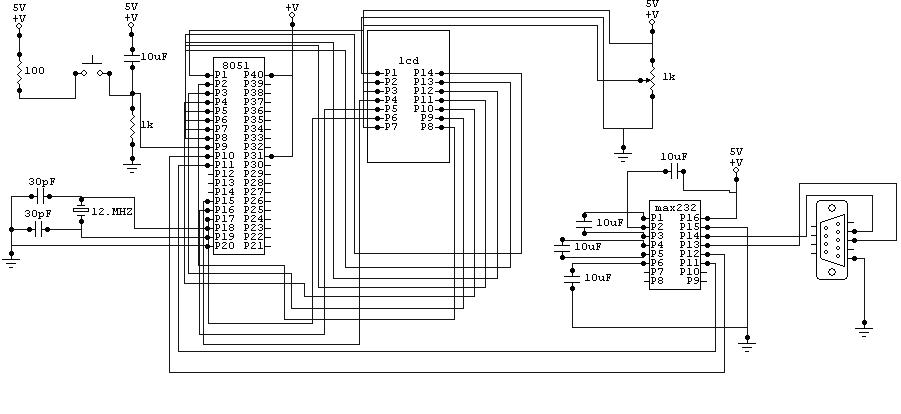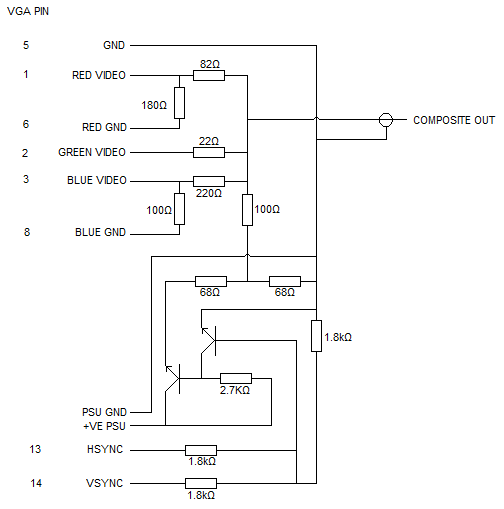
VGA Hardware Screen Blanker
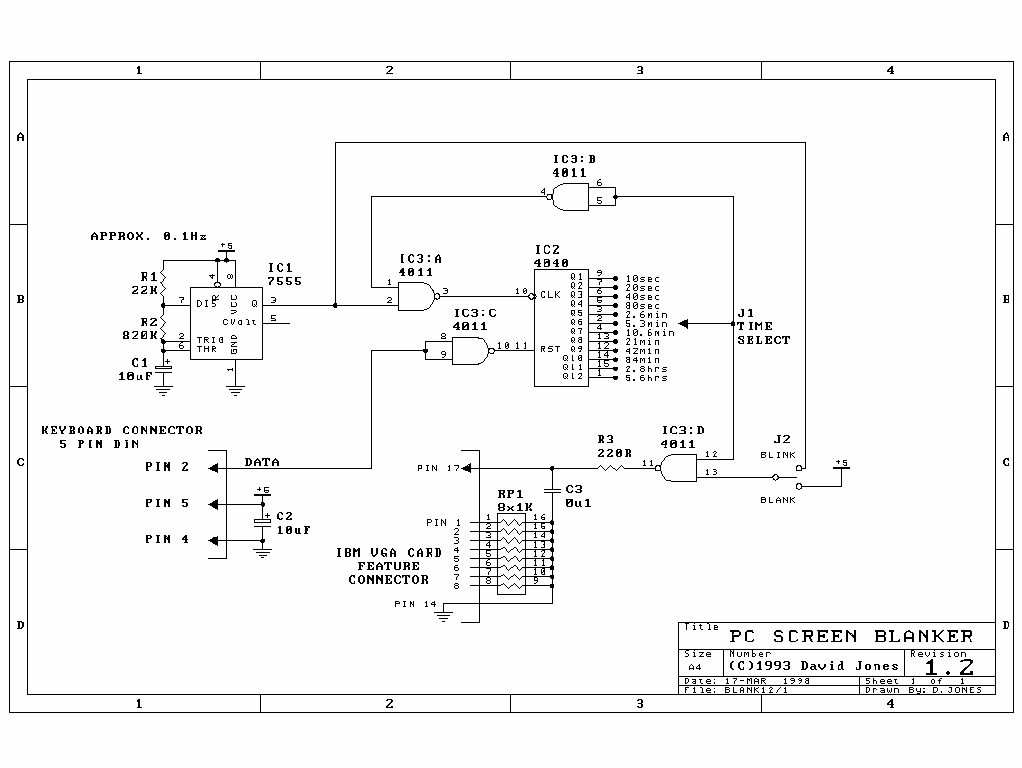
This design was published in the June 1994 issue of Electronics Australia and has proven extremely popular. The kit was sold by Jaycar Electronics but has since been discontinued. It is a simple device that connects between your keyboard and VGA card feature connector and will blank (or blink) the screen after a certain amount of non-keyboard activity.
The described device functions as a screen saver activator by monitoring keyboard activity and controlling the VGA output accordingly. The circuit typically includes a microcontroller or a timer IC that tracks the duration of inactivity. When the predefined threshold of non-keyboard activity is reached, the circuit sends a signal to the VGA card to either blank the screen or initiate a blinking effect, thereby conserving monitor power and potentially extending the lifespan of the display.
The primary components of this device may include a microcontroller, resistors, capacitors, and a relay or transistor to manage the VGA signal. The connection interface consists of a keyboard input and a VGA output, ensuring compatibility with standard PC setups. The circuit may also incorporate a potentiometer to allow users to adjust the inactivity time threshold, providing flexibility based on individual preferences.
Furthermore, the design may feature an LED indicator to show the operational status of the circuit, such as when it is active or when the screen blanking is in effect. The simplicity of the design makes it suitable for hobbyists and engineers looking to implement basic energy-saving features in their computer systems. Overall, this device serves an essential role in reducing screen burn-in and energy consumption in desktop environments.This design was published in the June 1994 issue of Electronics Australia, and has proven extremely popular. The kit was sold by Jaycar Electronics, but has since been discontinued. It is a simple device that connects between your keyboard and VGA card feature connector, and will blank (or blink) the screen after a certain amount of non-keyboard activity.
🔗 External reference
The described device functions as a screen saver activator by monitoring keyboard activity and controlling the VGA output accordingly. The circuit typically includes a microcontroller or a timer IC that tracks the duration of inactivity. When the predefined threshold of non-keyboard activity is reached, the circuit sends a signal to the VGA card to either blank the screen or initiate a blinking effect, thereby conserving monitor power and potentially extending the lifespan of the display.
The primary components of this device may include a microcontroller, resistors, capacitors, and a relay or transistor to manage the VGA signal. The connection interface consists of a keyboard input and a VGA output, ensuring compatibility with standard PC setups. The circuit may also incorporate a potentiometer to allow users to adjust the inactivity time threshold, providing flexibility based on individual preferences.
Furthermore, the design may feature an LED indicator to show the operational status of the circuit, such as when it is active or when the screen blanking is in effect. The simplicity of the design makes it suitable for hobbyists and engineers looking to implement basic energy-saving features in their computer systems. Overall, this device serves an essential role in reducing screen burn-in and energy consumption in desktop environments.This design was published in the June 1994 issue of Electronics Australia, and has proven extremely popular. The kit was sold by Jaycar Electronics, but has since been discontinued. It is a simple device that connects between your keyboard and VGA card feature connector, and will blank (or blink) the screen after a certain amount of non-keyboard activity.
🔗 External reference
Warning: include(partials/cookie-banner.php): Failed to open stream: Permission denied in /var/www/html/nextgr/view-circuit.php on line 713
Warning: include(): Failed opening 'partials/cookie-banner.php' for inclusion (include_path='.:/usr/share/php') in /var/www/html/nextgr/view-circuit.php on line 713
